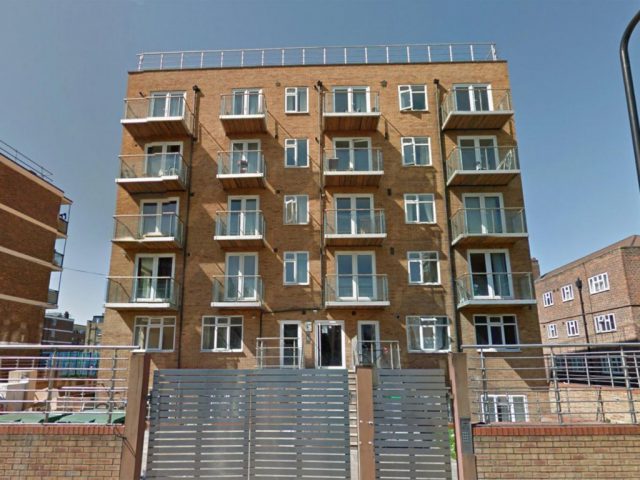700,000 Rental Homes Have Category 1 Hazards
Tenants living in private rental sector homes are living in unsafe properties that do not meet basic legal standards, according to a report from Citizens Advice.

700,000 Rental Homes Have Category 1 Hazards
The charity found that landlords are making billions of pounds from 700,000 private rental homes in England that have a category 1 hazard – the most dangerous issues – including rat infestations, unsafe electrics, cold and damp.
The Paying a High Price for a Faulty Product report suggests that 30% of households living in unsafe rental properties have an annual income of over £30,000, while 18% earn more than £40,000 per year.
Citizens Advice states that private tenants must be given protections that exist in other consumer areas. It has been campaigning for renters living in dangerous accommodation to have the right to refunds of rent.
It is pleased to see that this has been included in the Housing Bill that is currently going through Parliament, but it hopes that tenants will not have to pay court fees to pursue this.
Although private rental housing costs the most out of the tenures it studied, this sector is most likely to have a category 1 hazard, at 17%, compared to 12% of owner-occupied homes and 6% of social rental properties.
Citizens Advice’s report, compiled with the New Policy Institute, also found:
- Over 100,000 households pay more than £900 a month to live in an unsafe rental property.
- The average monthly rent for a dangerous private rental home is £650, not much less than the average rent price of £720 for a property that meets minimum standards.
- Private tenants in England spend £4.2 billion per year to live in hazardous homes that do not meet legal standards.
- Half a million children live in unsafe rental homes.
Chief Executive of Citizens Advice, Gillian Guy, states: “Rogue landlords are forcing private tenants into a living nightmare.
“The private rented sector is the most expensive housing tenure but is in the worst state – consumers are paying top dollar to stay in dire homes that can threaten their lives and risk their health.”
She continues: “For too long, the private rented sector has been seen as a side issue in the British housing crisis debate. This is utterly wrong, as the astronomical cost of buying property means increasing numbers of people and families are moving into private tenancies.
“It is good the Housing Bill includes plans to give tenants the rights to rent refunds when their homes are unsafe, but it’s imperative renters don’t have to stump up court fees to seek this justice.”1







